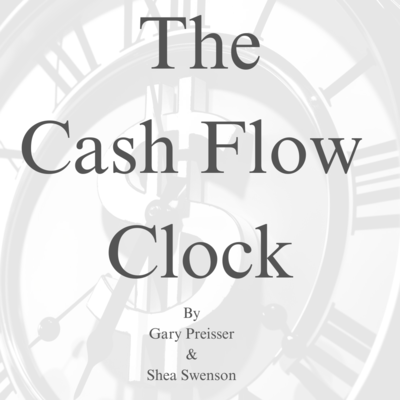The Cash Flow Clock: For Retirees - Book - Page 11

The Cash Flow Clock
$500,000 in their retirement accounts. The only real difference between the
two is that the Smiths have a $2,000/month pension while the Jones do not.
This changes everything.
The Jones need to generate at least $1,000/month in income from their
assets. The Smiths do not need to spend their assets at all to cover their
monthly expenses (although they should – it is their money!). This disparity
in cash flow requirements should have a dramatic effect on how their
portfolios are invested.
But it doesn’t.
Because they are the same age and have the same risk profile, they are likely
to be placed in the exact same portfolio as every other conservative 70-yearold.
How does the Cash Flow Clock affect a financial plan?
Since the Jones need to pull $1,000/month from their liquid assets, they
should keep about $120,000 (10 years’ worth of their cash flow shortfall)
plus whatever they want to keep as an emergency fund (say $30,000) in
Lazy Money and Safe Money. That means the remaining $350,000 can be
invested in Risky Money. They need this portion of their portfolio to grow as
efficiently as possible because they will rely on it for income long term.
The Smiths have other options. Because they don’t need to pull anything
from their assets on a monthly basis, they would only need to keep their
emergency fund in Lazy Money. They can afford to invest all of the rest in
Risky Money, if they choose. They don’t have to, of course. They can
afford to take as much risk or as little risk as they want, unless they want to
increase their spending. Using their Cash Flow Clock, they know exactly
how much Risky Money they can afford to have.
This is only the beginning of the investment planning process. There are
several other factors that need to be considered. But it all starts with current
cash flow needs. Each subsequent decision is based on future cash flows.
7